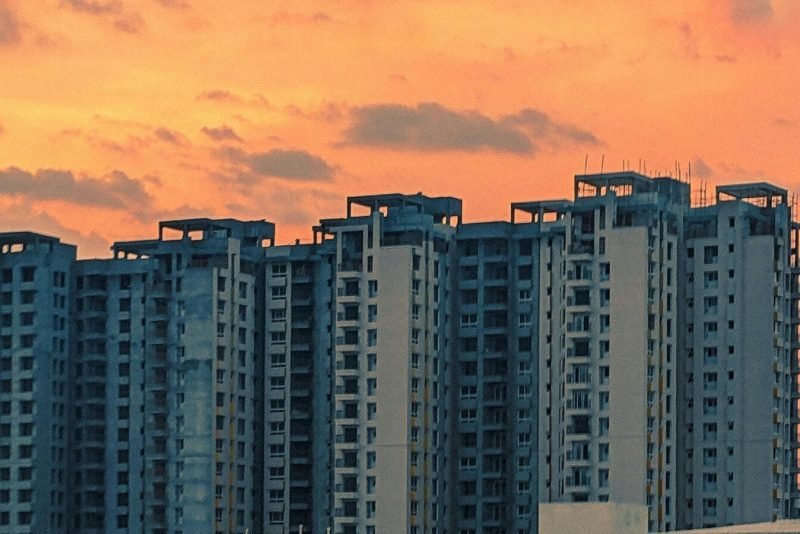The COVID-19 pandemic has re-imagined the way we live, work and play. Amid the extended work from home scenario, our homes have emerged as the fulcrum of our daily activities. COVID-19 has also reaffirmed the significance of a home as a safe address and stable asset class instead of living in rented properties. Purchasing a home has been traditionally considered a milestone in Indian ethos. The average age of buying a home in India has reduced drastically from approximately 50 years to 30 years in the past three decades.
An Anarock consumer sentiment survey in 2019 has revealed that at least 37 percent of participants serious about buying homes fall in the age bracket of 35-45 years. The pandemic has further triggered the millennials to consider owning a home versus renting.
The rising disposable incomes, extensive travel, and exposure to the global lifestyle have made customers more aware and conscious about their choices. As a result, today’s discerning homebuyers are willing to go the extra mile to ensure superior quality. The COVID-19 pandemic has further strengthened this trend; the focus, however, is now on a wholesome experience rather than only an excellent product. Developers have also responded to this trend by offering a wide gamut of residential choices – apartments, villas, independent floors, etc., uniquely tailored to buyers’ preferences and budgets.
According to a 2021 Anarock survey, 85% of buyers in NCR purchased their first homes between July 2020 and March 2021. Furthermore, a SquareYards 2021 report points out that Gurugram has emerged as the most sustainable city to live in amid the pandemic due to low population density, high open area ratio, and higher number of healthcare institutions per unit area.
One of the dominant trends is the renewed interest towards independent floors in metropolitan cities. The extended work from home culture has blurred geographical boundaries and necessitated staying connected with family to beat stress amid such unprecedented times. The concept of independent floors offers a plush lifestyle at a comparatively lesser cost than villas and bungalows. With more space at one’s disposal, it allows a blend of privacy and community by living in the vicinity of like-minded people with similar aspirations, tastes, and priorities. These independent floors are often inhabited by families who wish to re-establish themselves at an upscale location without compromising their privacy. A 2021 JLL report highlights that independent floors have witnessed a surge in demand in Gurugram. The recent policy of the Haryana government permitting up to four floors on a single plot to be sold individually has also provided a fillip to this trend.
The salient features of such offerings are aesthetically-designed residences by eminent architects of global repute; best-in-class amenities such as gym, spa, gym, kids’ play area & leveraging of cutting-edge technology to ensure a superior experience. In addition, working from home has also led to a reconfiguration of residences to accommodate a distinct office space. Due to travel restrictions, independent floors located in gated townships are being increasingly preferred by homebuyers as these townships serve as a self-sustainable oasis with healthcare, banking, education and recreation facilities in the vicinity. As a result, location, connectivity, ticket size, design, and technology have become the key parameters influencing homebuyers’ decisions.
The second wave of coronavirus in 2021 had a minor impact on the industry; nevertheless, the residential market managed to recover from the onslaught of this pandemic. According to a 2021 Knight Frank report, residential sales witnessed an uptick by 44% Y-o-Y in Q1 2021, bolstered by the revival in sentiment. It is a testament to the segment’s resilience, a trend which is expected to continue on the back of declining cases, strong economic fundamentals, and push by the government.
Source : Financial Express




